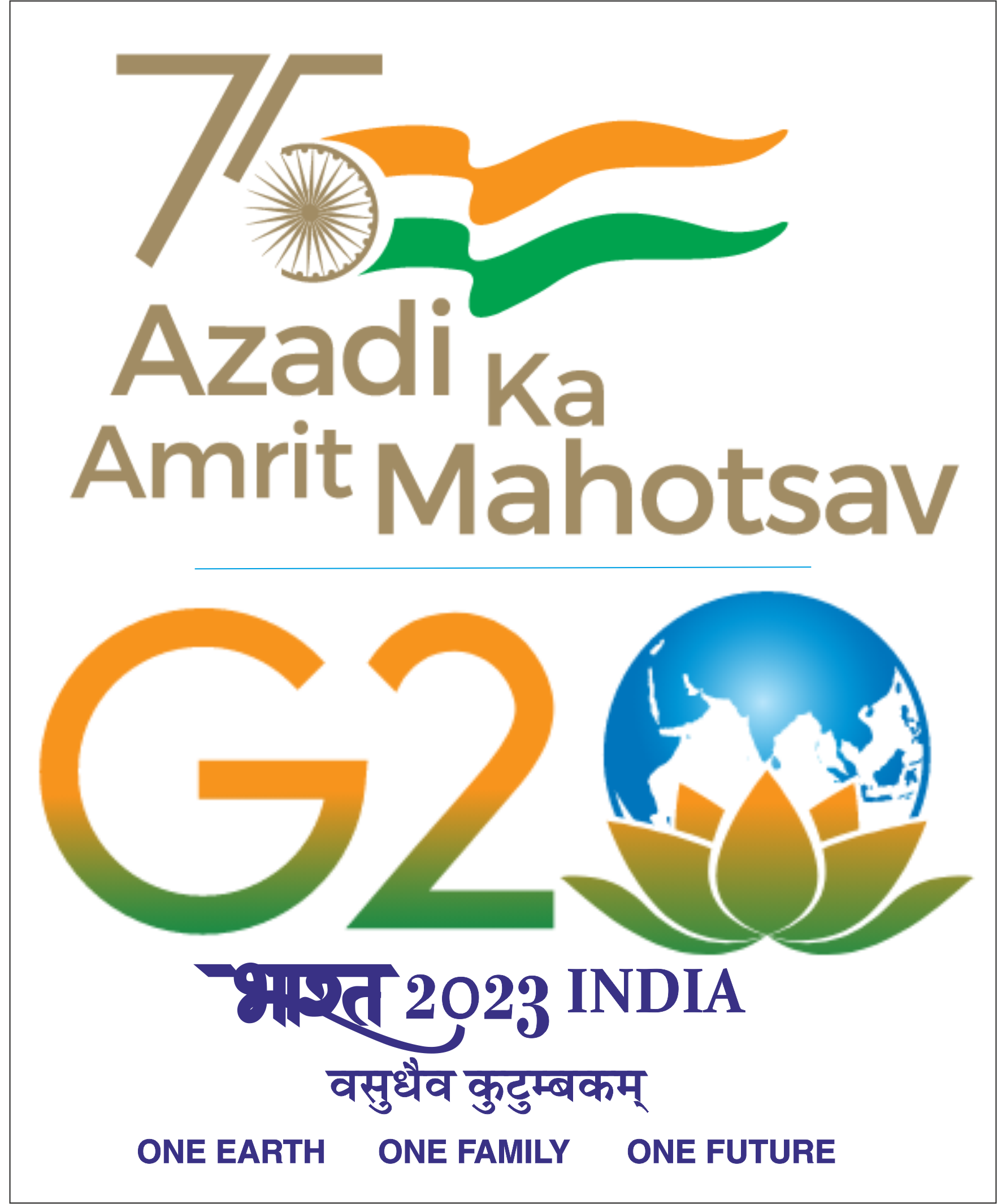Mr. Gokul Prasad will present his APS as per the detail below:
Date: 27th Feb 2024, Tuesday
Time: 0845 - 0930 hrs.
Mode: Online link: https://monash.zoom.us/j/87542869155?pwd=YXVyTFZUWEM5YmI0NEFWRWtNRHhlZz09
Guide: Prof. Pennan Chinnasamy (IITB) and Prof. Ian Cartwright (Monash University)
RPC Members: Prof. Bellie Sivakumar (IITB) and Prof. Adam Kessler (Monash University)
Title : Groundwater depletion scenario for rural India: using isotopes and modelling
Abstract:
India faces a critical challenge in groundwater depletion, demanding a multidisciplinary approach for sustainable groundwater management. The Nashik Upper Godavari Basin, amidst rapid urbanization and escalating water demands, faces exacerbated challenges in both water supply and quality. Notable issues include an unsustainable reliance on borewells, limited understanding of deep aquifer recharge rates, spatially variable recharge in unconfined aquifers, and worsening water quality attributed to irrigation leakage surpassing surface runoff as the primary recharge mechanism. Intensifying anthropogenic activities, particularly in agriculture and construction of hydraulic structures (like dams and barrages) for irrigation, water storage, and flow control, have significantly altered the dynamics of the Godavari River catchment. While dam construction began in the 19th century, it has intensified in recent decades. This increase in hydraulic structures has led to a notable reduction in the total discharge of the Godavari River, decreasing from 92.3 km³/year during the period 1969–1979 to 29.7 km³/year between 1986 and 2010. Presently, there are over 300 dams in operation on whole river, and future plans for extensive inter-river water redistribution are projected to further diminish the discharge by approximately 30%. As a case study, this research report presents findings from a comprehensive study in the upper Godavari catchment, employing a combination of multi-tracer analysis (stable isotopes, tritium), geochemistry, and modelling techniques. The study offers unique insights into the region's groundwater dynamics, highlighting the interplay of climate variability, intensive groundwater extraction, and associated impacts on shallow and deep aquifers. Pre-monsoon samples indicate limited recharge due to aquifer properties and rainfall patterns. Recent trends (2022-2023) exhibit temporal deviations from mean annual rainfall, with peak precipitation concentrated in July-August, further limiting catchment recharge. Tritium data confirms the presence of modern groundwater in both aquifers, though deep aquifers without screens show mixed water signatures. Nonetheless, detectable tritium levels (>0.1 TU) persist in all samples, reflecting modern recharge. Recharge studies indicate significant post-monsoon replenishment with spatial variability. Calculated recharge rates using WTF and CMB methods exhibit vertical heterogeneity. Geochemical analysis reveals anthropogenic impacts in Sinnar and Niphad areas, evident from elevated EC, TDS, chloride, and nitrate concentrations. Ca-HCO3 and Ca-Mg-HCO3 dominance suggests weathered rock influence. Additionally, observed geochemical signatures suggest potential migration of deep groundwater into shallow aquifers during pre-monsoon periods, possibly due to water extraction practices. The research highlights the crucial need for informed management strategies to ensure sustainable groundwater utilization amidst escalating urbanization and climatic shifts.





